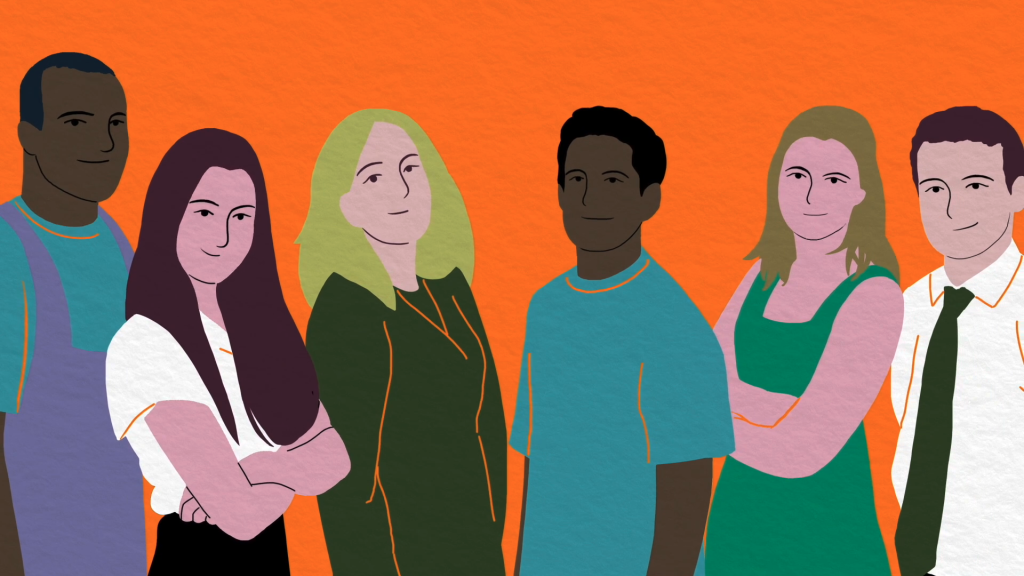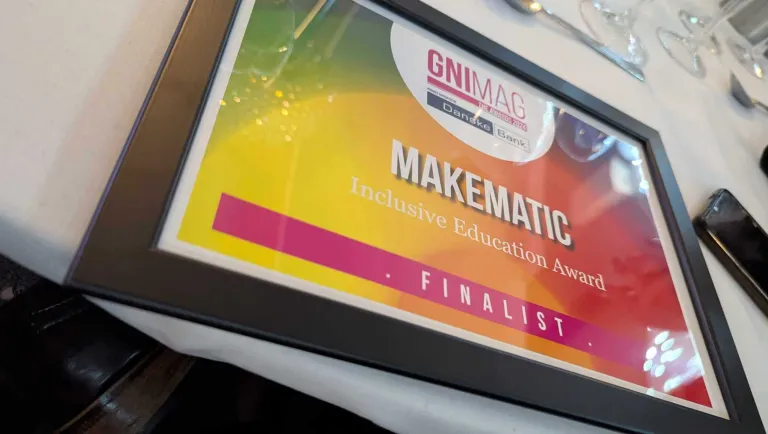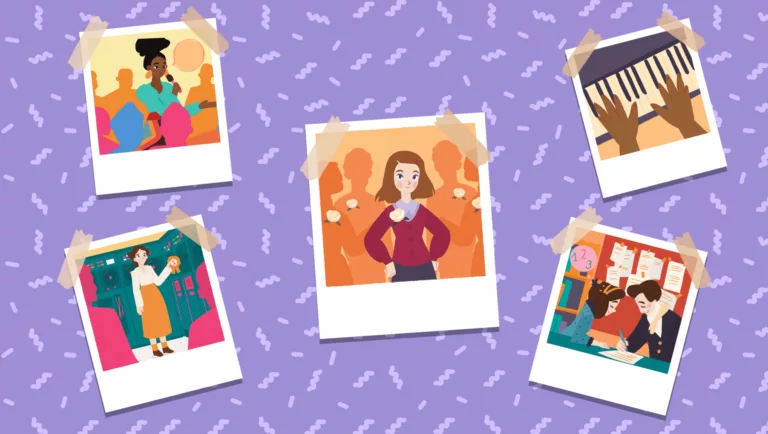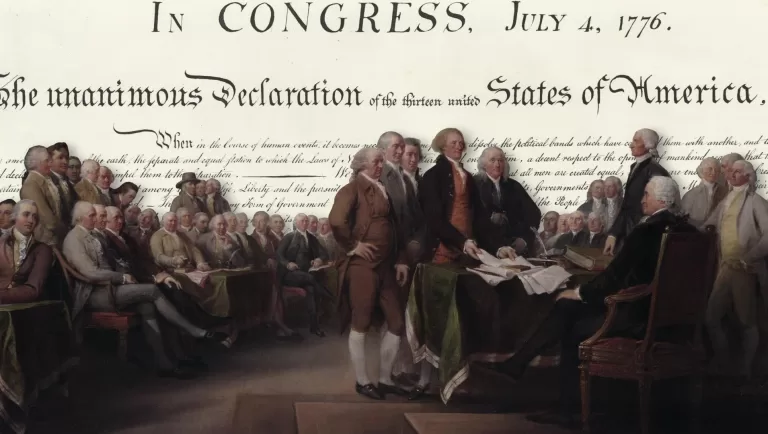
Back to the Future Part 2022
For me, the beginning of a new year always brings reflection on the past. How is life-changing if it is changing? What’s on the horizon both near and far? What are the challenges that lie ahead in the coming year and how will I address them? How is my career progressing and what needs to change for it to progress? What lessons can be learned from the past that I can apply as I move forward into the new year?
I often feel a sense of deja-vu and no more so than this past week when my 7-year-old son came home from school and asked me if I’d ever heard of The Wombles. For those uninitiated, The Wombles achieved cult status in the 70s and 80s. A BBC Children’s series was produced on the back of a series of novels by Elizabeth Beresford which were about a group of furry animals (Wombles) who all were named after a different place in the world – Great Uncle Bulgaria, Orinoco, Tomsk, Wellington, Madame Cholet, and others. They lived on Wimbledon Common in London in a large burrow and spent their days collecting all the rubbish and junk that people had left behind on the Common, recycling it wherever possible and turning it into useful things that could be used – eg: discarded wire that was turned into a telephone system for their burrow. They became so popular that they formed a band and made several appearances on Top of the Pops with four top 40 hits released plus an album on the behemoth CBS Records, Keep On Wombling, which reached number 6 in the UK Charts. And how visionary the creators of The Wombles were! My son’s year two teacher is using The Wombles to teach his class the SDGs and the importance of recycling and re-use, a central theme in the storyline of these imitable furry friends.
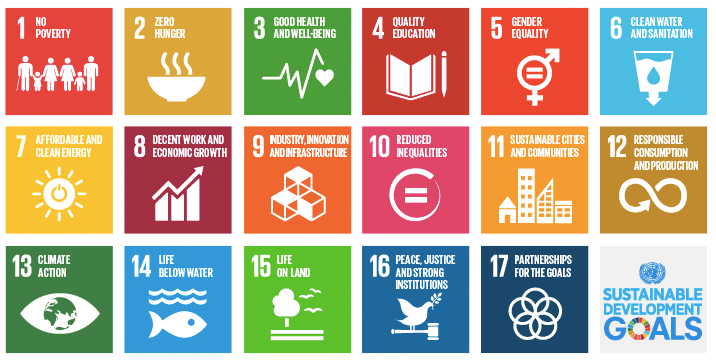
Fast forward two days from my son’s revelations about his newfound mentors on keeping the planet within liveable climate bounds, and I had another sense of deja-vu. The BBC have announced that the cutting-edge 1980s children’s tv series Grange Hill is going to be launched again with a 21st century feel. Grange Hill was the highlight of my tv week in the 80s. My siblings, friends and I all had our favourite characters – Benny, Tucker, Trisha and Zammo were favourites of mine. It was genius at the time because the BBC realised that we had a limited attention span but all loved a good drama filled with characters with whom we could identify, and Grange Hill cut into 20 minute hard-hitting episodes set in a school (called Grange Hill) addressed all the issues that we all faced in our everyday lives – single-parenthood, unemployment amongst our parents, smoking, drinking, drug use, bullying, relationships, fights with rival schools in the area and all the other difficulties we faced growing up. The format was perfect, and as an adult now of two young children, I’m excited for them that it’s being brought back. In our city, like in many others, they face all these problems of growing up along with online grooming via children’s online gaming thrown in for good measure. I hope that the new Grange Hill is as good as the original. I learned many lessons from it, and I hope that they do too.
Kids have a lot of different media sources thrown at them nowadays. Our newest acquisition as a family at Christmas was an Oculus Quest 2 which Santa delivered, his thinking being that VR is going to play such an important part in the future of my boys’ work lives that they might as well get a head start now. That was my excuse anyway! My eldest son who is very intelligent and aged 7 is at a stage now where he’s dragging his feet when it’s time to go to school every morning. “Why do I have to power down in the classroom Dad?” is a frequently asked question in our house. But, the recent introduction, or rather re-introduction of video in his classroom keeps him just about interested enough to have stopped faking Covid symptoms each day and to keep going back.

This of course is not a new thing. I remember well those afternoons in primary school when the tv trolley was wheeled in and we were shown The Wombles too. They were also held up as a model of how we should live. This progressed through my secondary school experience where teachers who frequently used the tv trolley as a prop were always the most popular. In my Modern History O level class, we all achieved good grades on the basis that most of us rarely opened a book for the two years we were studying. Instead, we had a superb teacher who showed us the entire The World at War series over the course of a year and brought in a huge collection of Life Magazines which spanned the late 1880s – early 1970s all carefully preserved and cellophane-wrapped, which we would take home, read, and then swap with our classmates, learning most of that which we needed to know in order to get our grades.
I wish that all my subjects had been taught this way and it amazes me today the amount of emphasis that is placed on texts when most of the global population is in fact visual and spends most of its time on devices of all shapes and sizes. A disconnect is occurring and numerous commercial studies abound, which resoundingly say that humans are visual creatures, mainly due to the way that our brains process information. A study in this area as long ago as 1986 carried out by researchers at the University of Minnesota found that respondents retained a huge amount more information when colour visuals were added to any presentation.
More recently, Bobek and Tversky (2016) in Springer Nature’s Journal of Cognitive Research: Principles and Implications strongly suggest that the addition of visual stimulus in any situation where learning is involved, improves the overall outcome of attainment whilst also stimulating and improving for example spatial awareness.
We’ve identified this at Makematic and have zeroed in on subjects that we think are both important and under-represented. Our series on sustainability and development are world class and the site that we’ve launched Untold History is made in conjunction with some of the world’s top historical societies and institutions including The American Battlefield Trust, The New York Historical Society, and The Smithsonian amongst others. This has helped it secure an AASL Award for Best Teaching and Learning Digital Tool 2021. What makes it all the better is that we’ve built a fantastic new content management system Makematic Plus, where the clips can be licensed and used in your own history products.
As we move into 2022, video must immediately become a central component of any learning strategy if the 5-minute attention spans of our current generation of Youtube, Netflix, iPad, Oculus, iPhone, and Xbox-savvy learners are going to gain something from it. In the UK, much has been made about how 7000 Covid filters have been recently acquired by the UK Education Minister Nadhim Zahawi to make classrooms a safe environment in which to learn. With an estimated 300,000+ classrooms across 26,000 schools in the UK, that really doesn’t scratch the surface, especially as two are needed for each classroom. Perhaps a better strategy to keep our kids safe and in the classroom, away from the perils found in Grange Hill storylines, would be to invest in a learning medium which they want and with which they can identify? Right now, we face a dilemma in “modern” education systems the world over where there is wide use of the phrase or variation of the phrase “No Child Left Behind”. It appears to be a metaphor for “Every Child Held Back”.
To learn more about how you can harness the power of video in education, come and join our community – Video Supercharged Learning. You will find tips and tricks on how to use video to engage, motivate and supercharge learning. We will be running exclusive webinars for our community members, and we’ll share invaluable resources helping everyone unlock this powerful and thought-provoking medium. Don’t miss out!
